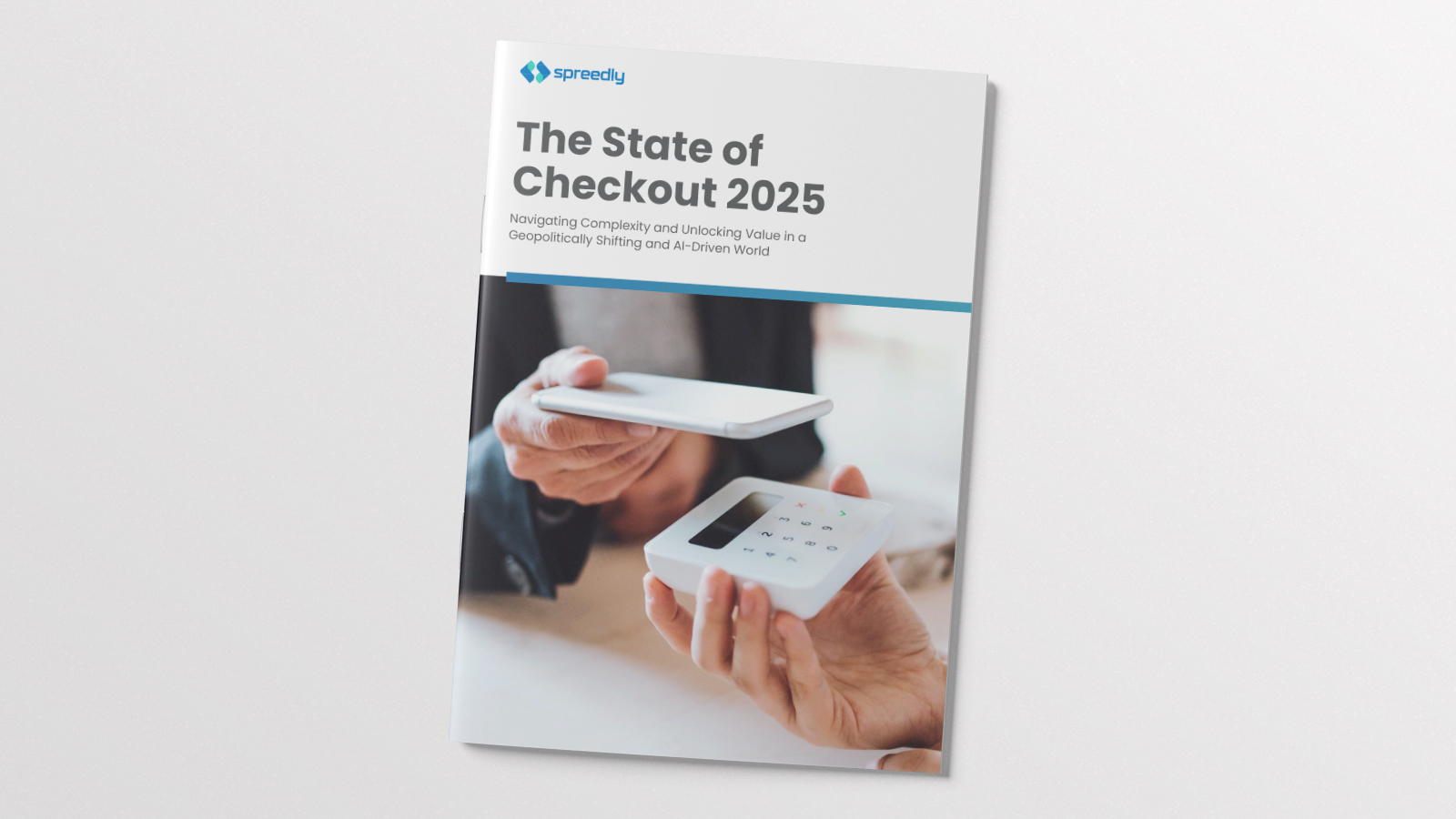
Your business is built on payments. So, it’s vital that your payments strategy supports your business goals and addresses your business pains. Successful digital merchants, marketplaces, and platforms achieve these goals by orchestrating multiple payment services.
This video series takes a deep dive into how the world’s most successful organizations solve their business pains with Payments Orchestration.
Our first video, hosted by Peter Mollins with Spreedly, helps us with a definition of Payments Orchestration.
Rough Transcript (edited for readability):
At the heart of your business are digital payments. They're the foundation of your go to market and a key driver of your revenue growth. So it's essential that you build a payment strategy that matches your business strategy, and that requires flexibility. The ability to adapt quickly to new business opportunities. That's why we see the world's largest and fastest growing merchants, marketplaces, and platforms orchestrate their payment services. In fact, according to 451 Research, almost 70% of digital merchants preferred to take an orchestrated approach to their payments. So let's step back and ask, what is payments orchestration? Payments orchestration offers a secure, unified layer to enable, optimize, and analyze your digital payments. And that gives you the flexibility to adapt as your payment strategy evolves and your business grows.
Let's look at enablement first. To fuel your growth, you want to do business in more markets. That could be by accepting payments in additional countries, or by making it easier for your customers to transact with you, or perhaps by launching a new product or service with payments at its core. Orchestration platforms let you enable digital payments, connect once to our platform to capture and securely store payment details. Then leverage virtually any service worldwide to successfully and flexibly transact with your customers.
Optimizing is next. You want to increase the success and ROI of each transaction, but success rates, latency times, and transaction costs vary widely by service, geography, transaction type, and more. Orchestration helps optimize your digital payments, connect once and intelligently route transactions to the right service to support your payment strategy. Plus with powerful tools to analyze transactions and keep payment details current, you can constantly improve your payments ROI.
Lastly, let's look at analysis. A successful payment strategy is built on insights into your transactions. You need data on your payments performance and how it compares with your peers. Plus your technical teams need the tools that they demand to dive deeper as needed. Payments orchestration gives you powerful tools and reports that let you understand your success rates, latency, and more, and that lets you continually optimize your payment strategy and grow your revenue.
Now, let's turn to more detail on the why of orchestration. As I mentioned before, today's business strategies need to constantly adapt. Payments orchestration gives businesses the flexibility to first expand to new markets by accepting payments in the markets that you target around the globe. In the following videos in this series, we'll explore each of those business pains in more detail.




